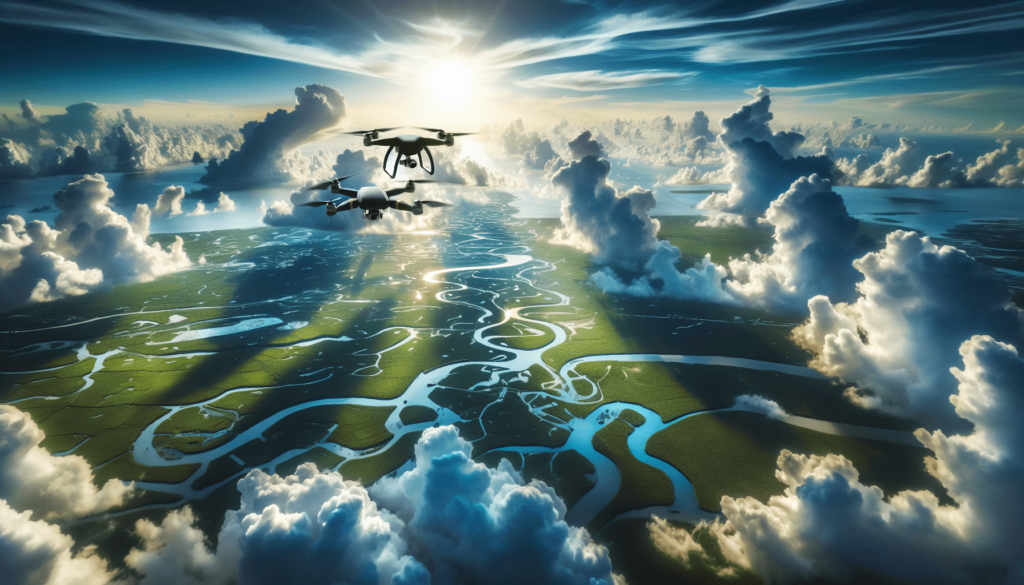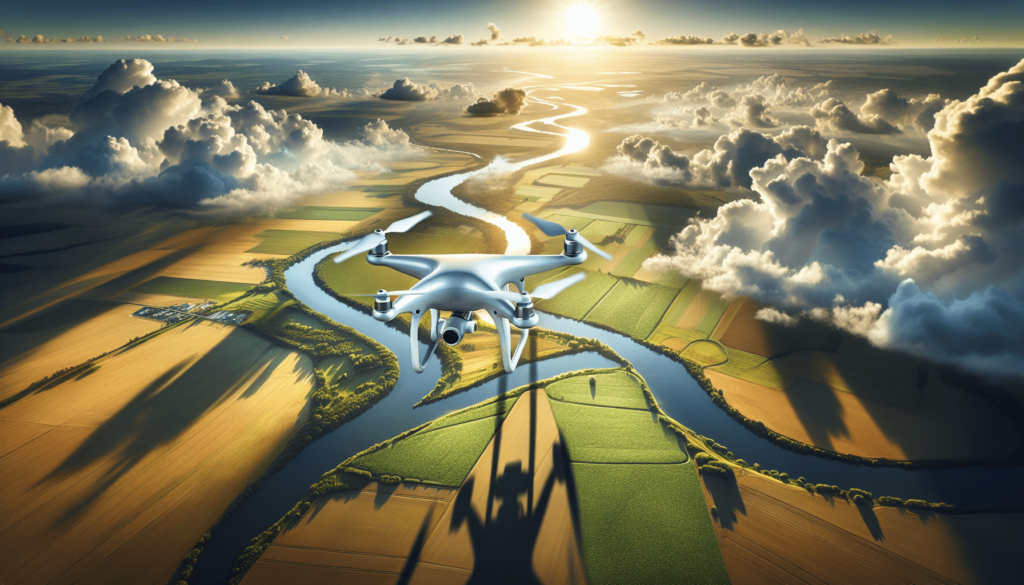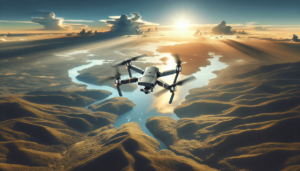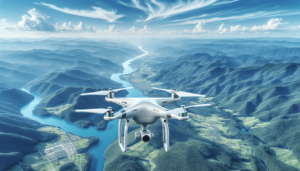Have you ever wondered how to get the most out of your drone without breaking the bank or your brain? We’ve all been there, staring at this nifty piece of flying technology, feeling a mix of awe and trepidation, wondering how to make it work for us without turning into a full-blown technology wizards. Drones give us a unique opportunity to see the world from above and capture images that ground-bound cameras would only dream of. But mastering aerial photography can, understandably, seem daunting — not to mention the potential for some hefty expenses if we don’t know what we’re doing. With our insights and a sprinkle of creativity, we’ll share with you our seven go-to tips for saving time and money with your aerial photography.
Understanding Your Drone
Let’s start with the foundation: getting to know the gadget in question. Each drone is like a new friend with its personality quirks, functions, and limitations. It might sound tedious, but trust us, understanding its specifications — from flight time to wind resistance — is as crucial as knowing how it responds to your control inputs.
Knowing Your Drone Inside Out
A good place to begin is by reading the user manual. Yes, they’re often dry and not everyone’s idea of a page-turner, but this is where we start learning about what our drone can really do. Spending that initial time with the manual can save us from future headaches and expensive mistakes.
Practicing in Safe Environments
Once feel like we’ve got a handle on our drone’s capabilities, it’s important to practice. Testing our new ‘sky buddy’ in a controlled environment helps us get accustomed to its controls and characteristics. An open field or a park on a calm day is our playground here; we tell our adventurous selves to save the cliffside maneuvers for later.
Enhancing Photography Skills
While the drone itself is a marvel of technology, we never forget that it’s just a tool. The artistry comes from us! Improving our photography skills is key to ensuring that we’re not just snapping random pictures but creating engaging, beautiful images.
Composition is Key
Understanding composition can profoundly impact our aerial shots. Concepts like the Rule of Thirds work just as well in the sky as they do on the ground. By using gridlines in your camera feed, we can better position elements within our shots to create balanced and appealing images. Let’s play around with this and see what works best for our subject and scene.
Light Matters More Than You Think
Taking our cue from the pros, we soon learn that lighting can entirely change the mood of a photo. Dawn and dusk, known as the “golden hours,” often provide that magical glow which can transform ordinary views into extraordinary ones. However, don’t shy away from experimenting at other times too; each period of the day offers unique lighting conditions and opportunities for creative expression.

Planning Our Flights
Before taking off on our next photographic adventure, we’ve got some prep work to do. As much as we’d love to spontaneously launch, without a plan, we risk wasting time and battery life, and we might lose our drone to territory it shouldn’t have been exploring.
Scoping Out Locations
Location scouting is an essential yet often overlooked aspect of successful aerial photography. By researching and visiting sites beforehand, we can plan the best angles, identify potential obstacles, and note the position of the sun. We’re in essence creating a mental shot list without the drone even leaving the ground.
Checking Local Regulations
Each location may have specific regulations regarding drone flights. It’s our responsibility to check the rules, whether flight restrictions or no-fly zones, and adhere to them to avoid fines and potentially losing our drone. Apps and forums dedicated to drone flight can be a lifeline for keeping us informed and within the law.
Optimizing Drone Settings
The default settings on our drones may not always be the best for all situations. To fully harness the power of our flying cameras, it’s crucial to familiarize ourselves with the different settings and how to adjust them according to the scene and our creative vision.
| Setting | Recommended Adjustment |
|---|---|
| ISO | Lower ISO for daylight, Higher ISO for low light conditions |
| Shutter Speed | Faster shutter speed for motion, Slower for stationary shots |
| White Balance | Set manually based on lighting condition to avoid color imbalance |
| Resolution | Higher resolution for more details |
Constantly Adjusting During Flight
Adjusting settings mid-flight offers us the flexibility to better respond to changing light conditions or movement. Rather than set once and forget, make it a habit to tweak settings as needed to get the optimal shot.

Saving Money with Smart Choices
Everyone loves getting value for their spend. Drones and their accompanying accessories can get pricey, but our choices can help us save significantly.
Investing in Quality
While it might sound counterintuitive to spend more as a way of saving money, investing in quality equipment from the onset can prevent us from having to replace malfunctioning or inadequate gear frequently. So, that steep price tag can be an investment, not just an expense.
Accessories to Count On
Smart accessories can enhance our shooting experience and extend our drone’s usability. Extra batteries ensure longer uninterrupted flight time, ND filters can help manage light exposure, and a quality carrying case extends the life of our drone by protecting it during transport or storage.
| Accessory | Benefit |
|---|---|
| Extra Batteries | Extend flight time, more shots per session |
| ND Filters | Manage exposure in bright conditions |
| Carrying Case | Protect drone during travel |
Maintaining Drone Health
Drone maintenance isn’t only about squeaky-clean lenses but involves an entire regimen to ensure our flying companion stays in top condition over time.
Regular Checks and Cleanings
Everything from propeller wear to battery health needs to be monitored. Regular checks help us notice wear and tear before it becomes a bigger problem. Cleaning lenses and checking for firmware updates should be part of our routine.
Handle with Care
Handling drones carefully, especially during take-off and landing, can save us both time and upkeep costs. Avoiding excessive crash landings or aggressive handling means fewer repairs down the road, leaving us more time to fly and capture those wonderful images.
Creative Experimentation
Even with structure and planning, we should never stifle our creativity. It’s what makes the art of photography, whether on the ground or in the air, extraordinary.
Trying New Perspectives
Experimenting with angles and perspectives allows us to create distinctive images. Sometimes a slight tilt, varying altitude, or circling an object can result in unexpected and visually stunning results.
Pushing Conventional Boundaries
Innovation in photography comes by questioning norms and seeing familiar things in unfamiliar ways. By embracing odd shadows, unusual patterns, or varying depths of focus, we give ourselves the wonderful opportunity to discover new approaches and ideas.
In conclusion, as drone enthusiasts, we have this amazing ability to capture the world from lofty, picturesque angles. Utilizing these strategies not only helps in saving valuable time and money but also enriches our aerial photography journey. By ensuring we’re informed, prepared, and flexible, we’re not just making the most of our pricey gadgets but are also weaving awe-inspiring stories with every captured image. Imagine the possibilities when we finally take flight with both confidence and creativity while sparing our wallets! Isn’t that something worth working towards?
And there you have it, fellow aerial photography adventurers, our roadmap to transforming our drone experience from mere trial and error to mastery, all while saving a few bucks too. Time to set those props spinning!
![7 Essential Aerial Photography Tips For Beginners [2025]](https://droneaperture.com/wp-content/uploads/2025/01/7-essential-aerial-photography-tips-for-beginners-2025-1-300x171.png)

